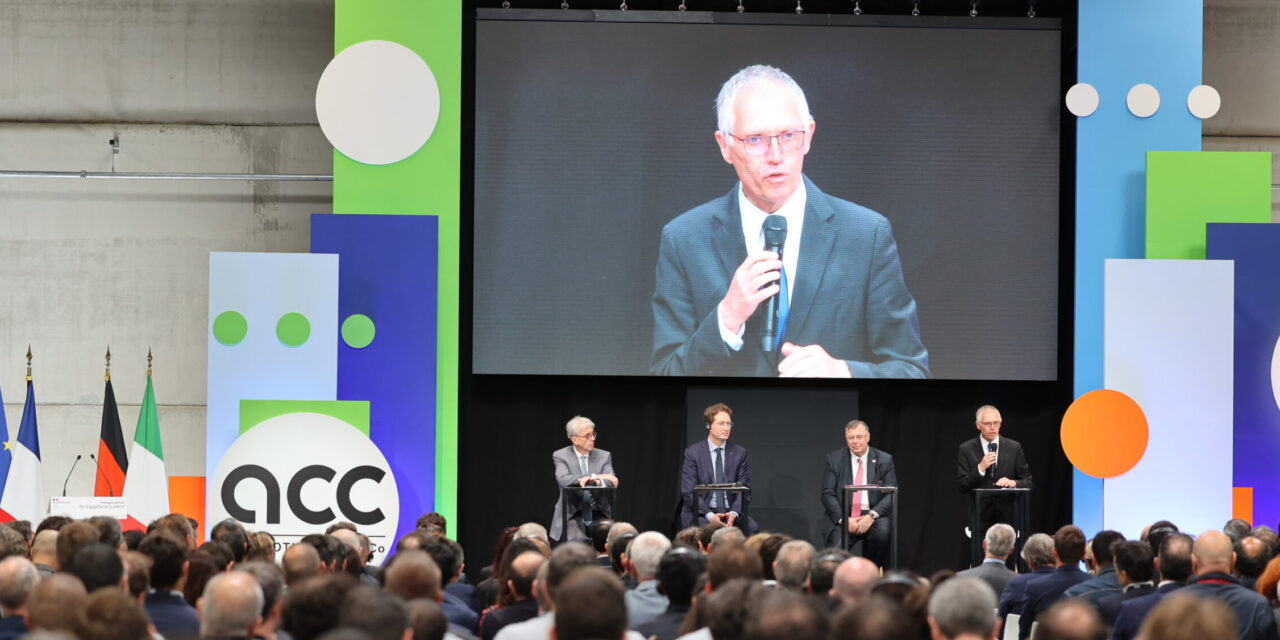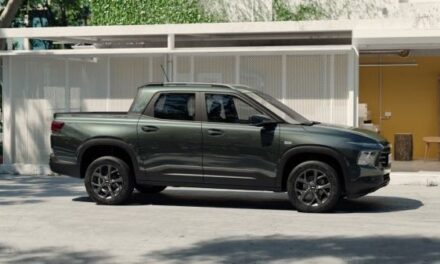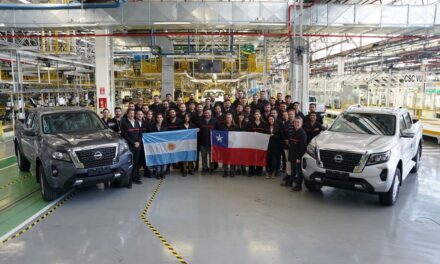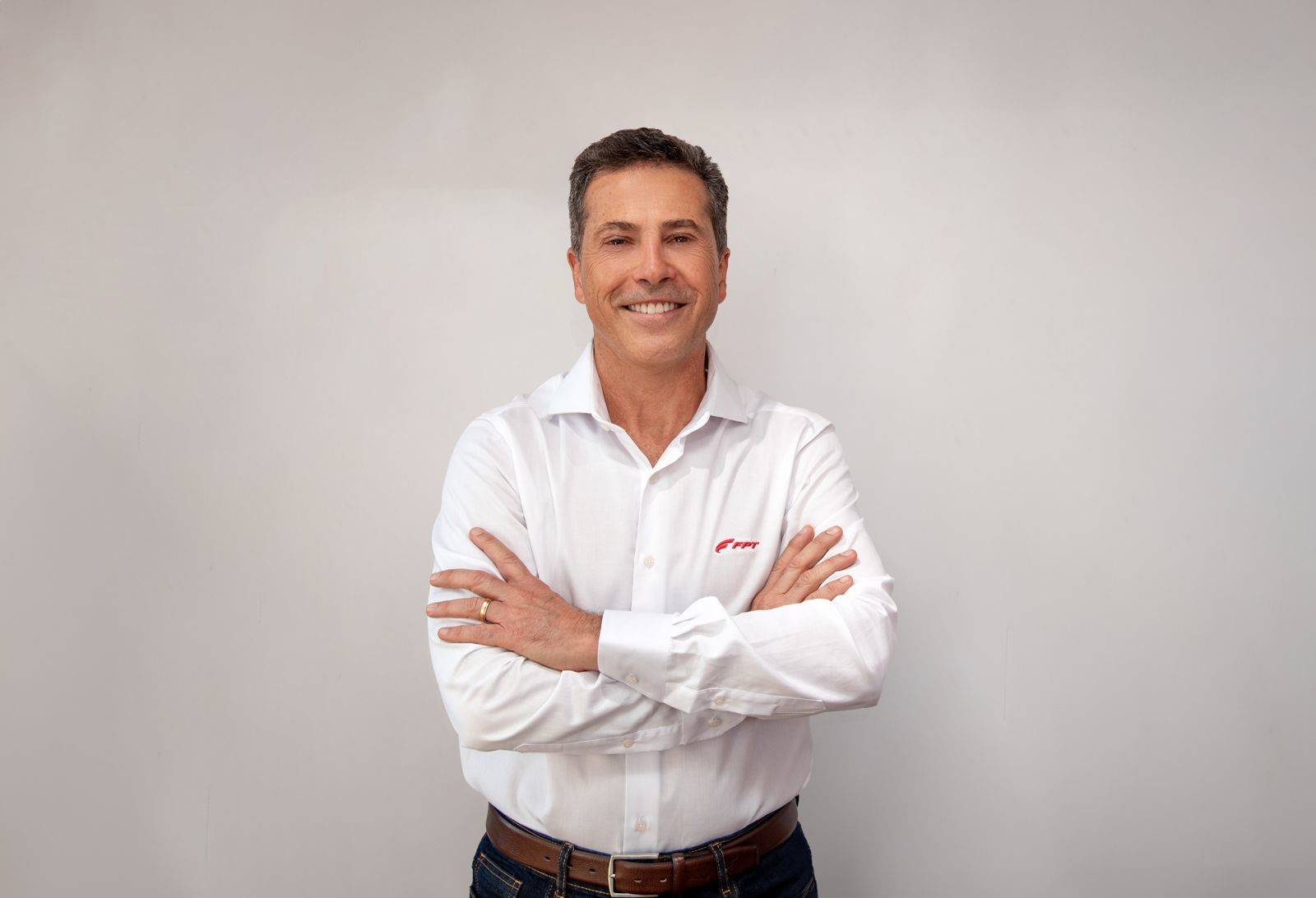By Redação AutoIndústria | 5/31/23 | Translated by Jorge Meditsch
The inauguration of the first giga-plant of ACC (Automotive Cells Company) in France was the stage for European manufacturers’ high executives and local politicians to manifest once more their disagreement with the Euro 7 rules that will restrict even more combustion engines’ emissions after 2025.
The manufacturers understand that the future legislation will demand high investments for too few environmental gains. They defend that allocating these resources directly on the electric mobility transition would be better, as the European Union has already determined the end of combustion vehicles by 2035.
The ACC gathers resources from Stellantis, Mercedes-Benz and TotalEnergies. Carlos Tavares, Stellantis’ CEO, and Ola Källenius, Mercedes-Benz’s CEO, were at the inauguration in Béthune-Bruay, the first of three plants ACC will have up to 2026.
The French plant will cost 850 million euros and will operate by the end of the year. Full capacity should be achieved by the end of 2024. The lithium-ion cell technology was developed at ACC’s R&D center in Belgium in partnership with the battery manufacturer Saft, a TotalEnergies’ subsidiary.
The unit will start operations with a capacity of over 13 GWh, going to 40 GWh by 2030, when ACC expects to employ two thousand people. Until 2025 there will be 600 employees.
The two other ACC plants will be in Kaiserslautern, Germany, and Termoli, Italy, and should be inaugurated in 2025 and 2026. With them, the company will have a 120 GWh capacity by 2030, a fruit of an initial investment estimated at seven billion euros.
“The new ACC plant is an important mark in Europe’s transformation to make its automotive industry more resilient, competitive and sustainable also in the electric era”, said Mercedes-Benz’s CEO.
“Battery production at the same place where Stellantis still produces internal combustion engines is a strong symbol. It shows how the anticipation and the dialogue with the unions, workers, industry leaders and authorities can help to build the future in an intense change context”, asserted Tavares.
The reference to the French government by the world’s fourth largest automobile manufacturer wasn’t occasional. The ACC plant received tax incentives from the French government, regional administrations, and the cities of Béthune-Bruay and Lens-Liévin.
Stellantis alone plans to have a 250 GWh capacity in Europe by the end of the decade and 400 GWh globally, with two other plants in North America.
The manufacturer currently produces 24 battery electric vehicles and intends to reach 75 options in 2030, when it expects to be selling 5 million units a year.








